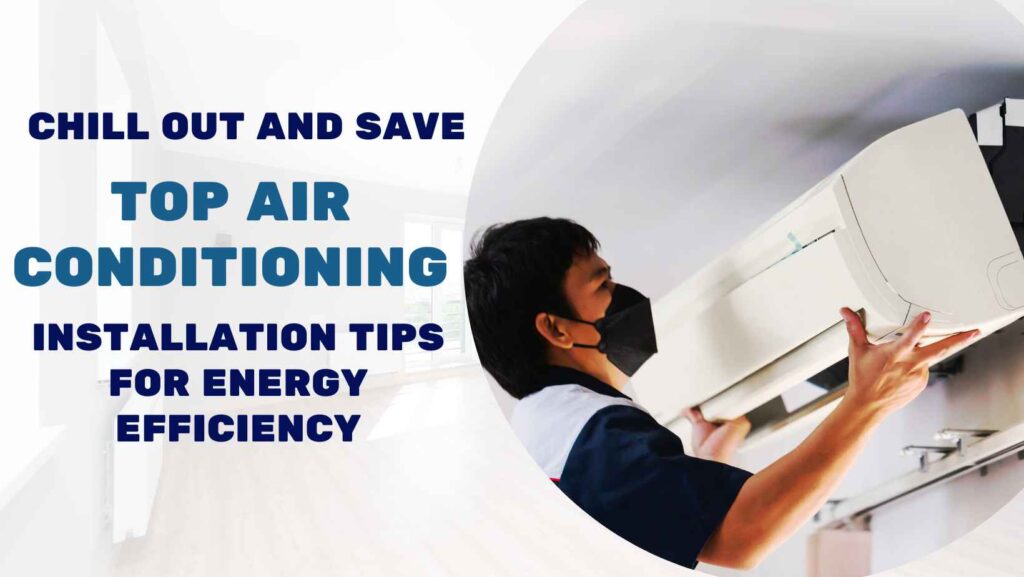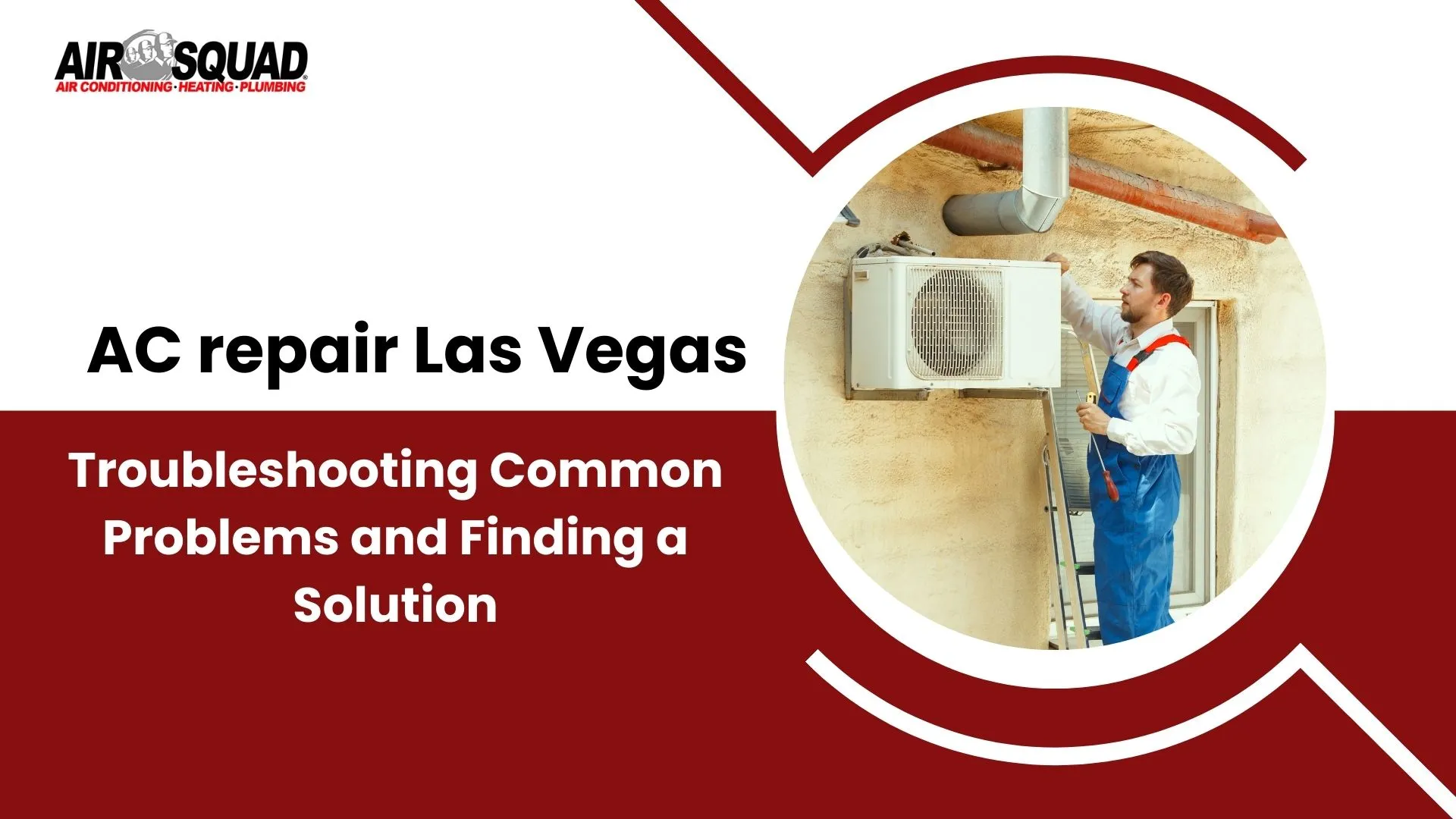Chill Out and Save: Top Air Conditioning Installation Tips for Energy Efficiency

In today’s world, where energy conservation is crucial, ensuring that your air conditioning system is installed efficiently can significantly contribute to reducing your energy consumption and costs. The proper installation of an air conditioner not only guarantees your comfort but also helps the environment by reducing your carbon footprint.
We’ll delve into essential tips for air conditioning installation that focus on energy efficiency. From selecting the right energy-efficient air conditioner to optimizing ductwork, we’ll cover it all.
Air conditioning is a necessity in many households, especially during hot summer months. However, the way your air conditioner is installed and maintained can significantly impact its energy efficiency. In this article, we’ll explore various tips to ensure your AC system operates efficiently while keeping your energy bills in check.
Selecting the Right Energy-Efficient Air Conditioner
When it comes to air conditioning installation, the first step is choosing the right unit. Look for models that are Energy Star certified, as they are designed to consume less energy while delivering optimal cooling. Consider factors like the unit’s size, cooling capacity, and the specific needs of your space.
Proper Sizing of AC Units for Efficiency
Installing an air conditioner that’s too large or too small for your space can lead to energy waste. Proper sizing is crucial to ensure that your AC unit runs efficiently. An oversized AC will cool your space too quickly, leading to frequent on-off cycles, while an undersized unit will struggle to maintain a comfortable temperature.
Optimizing Ductwork for Energy-Efficient Cooling
Ductwork plays a significant role in the efficiency of your AC system. Leaky or poorly insulated ducts can result in cooled air escaping before it reaches its destination. Seal any leaks and insulate the ducts to prevent energy wastage.
Thermostat Placement and Programming for Energy Savings
The placement of your thermostat can impact its accuracy. Install it away from direct sunlight and heat sources to ensure it reads the room’s temperature correctly. Additionally, program your thermostat to adjust the temperature when you’re away, reducing energy consumption when it’s not needed.
Sealing and Insulating for AC Efficiency
Properly seal and insulate your home to prevent warm air from entering and cool air from escaping. This will reduce the workload on your AC system, leading to energy savings.
Regular Maintenance for Long-Term Energy Efficiency
Regular maintenance is essential to keep your AC system running efficiently. Replace air filters, clean condenser coils, and schedule professional inspections to identify and address any issues promptly. A well-maintained system operates more efficiently, saving you money in the long run.
Conclusion
Investing in an energy-efficient air conditioning installation not only keeps you comfortable but also contributes to a sustainable environment. By following the tips outlined in this article, you can enjoy the benefits of a cool home while reducing your energy consumption and environmental impact.
FAQs (Frequently Asked Questions)
To choose the right-sized AC unit, consider factors such as the square footage of your space, insulation quality, and local climate. Consulting with an HVAC professional can also help you make an informed decision.
Energy Star-certified AC units are designed to be more energy-efficient, which can result in lower energy bills. They also have a reduced environmental impact.
It's recommended to schedule professional maintenance for your AC system at least once a year. Regularly changing air filters and cleaning coils are tasks you can perform more frequently.
Yes, thermostat programming can save energy by adjusting the temperature based on your schedule. It prevents the AC from running at full capacity when cooling is unnecessary.
Signs of ductwork issues include uneven cooling, high energy bills, and whistling or rattling noises from the ducts. If you notice any of these, it's time to have your ductwork inspected and repaired.


AC Repair Las Vegas: Troubleshooting Common Problems and Finding a Solution
Las Vegas is a desert oasis known for its sunshine and scorching summer temperatures. A…

Top 3 Common A/C Repairs & Solutions You Need to Know
Air conditioning systems are important for keeping your home comfortable, specific during the hot summer…



 ICONIER Digital Agency
ICONIER Digital Agency